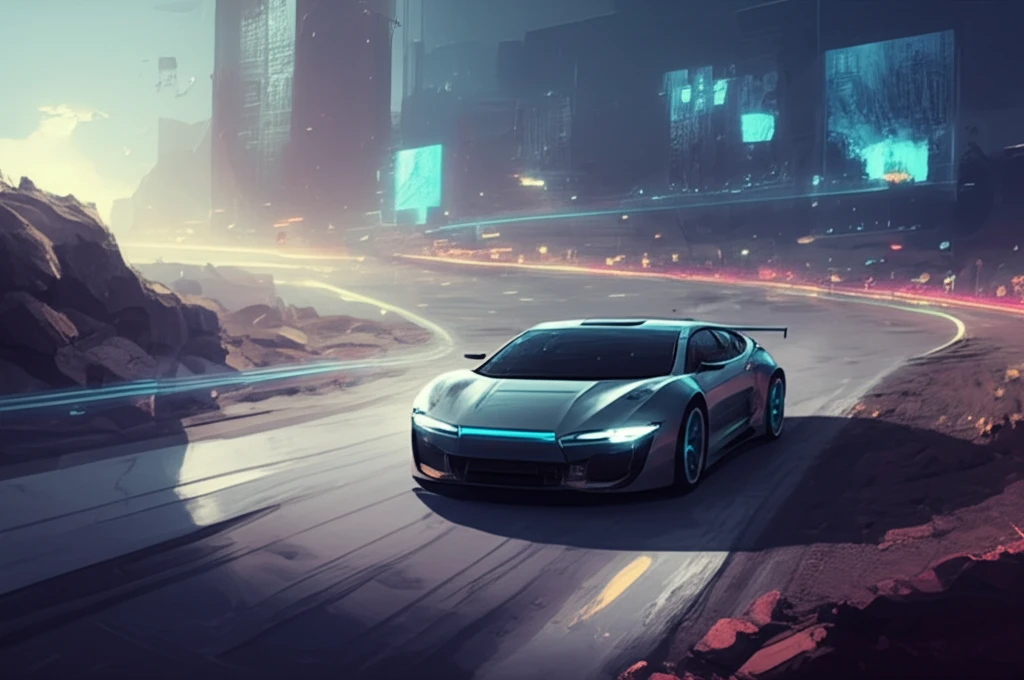
Spot the Difference: How AI and Stereo Vision Are Making Roads Safer
"Discover the groundbreaking tech using stereo vision and AI to detect small hazards on the road, enhancing autonomous driving and road safety for everyone."
Imagine a future where our roads are safer, not just for human drivers, but especially for autonomous vehicles. Small obstacles like rocks, bricks, and debris often go unnoticed, posing significant risks. Traditional methods sometimes fall short, missing these hazards that can lead to accidents. But what if technology could step in to give vehicles a better eye for detail?
Enter the world of stereo vision and artificial intelligence (AI), a powerful combination that's changing how we detect and respond to road obstacles. Researchers have developed an innovative algorithm that fuses appearance-based cues like image gradients and curvature with 3D data, creating a more reliable way to spot potential dangers. This tech promises to enhance the safety and efficiency of both autonomous and conventional vehicles.
This isn't just about improving self-driving cars; it's about making roads safer for all of us. By accurately identifying and classifying road hazards, this technology can prevent accidents, reduce vehicle damage, and even save lives. Let's dive into how this works and what it means for the future of driving.
The Science Behind Smarter Vision

The core of this tech lies in its ability to mimic human depth perception using stereo vision. By using a pair of cameras (a stereo camera), the system captures two slightly different views of the same scene. These images are then processed to create a depth map, providing 3D information about the environment. The magic happens when AI algorithms analyze this depth map, combining it with visual cues to identify obstacles.
- Image Gradients: Detects edges and changes in texture, highlighting potential obstacles.
- Curvature Potentials: Measures the surface curvature to identify irregularities.
- Depth Variance: Identifies differences in depth, indicating the presence of an object.
Driving Towards a Safer Tomorrow
The development of this technology represents a significant step forward in making our roads safer and more efficient. By combining stereo vision with AI, we can create systems that are better equipped to detect and respond to potential hazards. Whether it's improving the performance of autonomous vehicles or enhancing the safety of conventional cars, the potential benefits are clear. As this technology continues to evolve, we can look forward to a future where driving is safer and more reliable for everyone.
